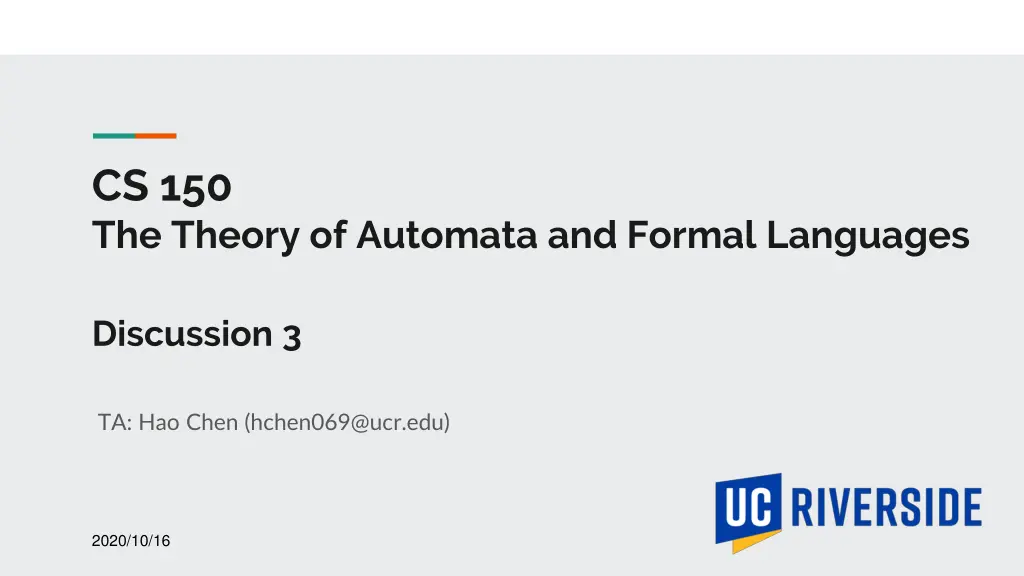
Automata and Formal Languages: NFA to DFA Conversion
Explore the theory of automata and formal languages through discussions on designing NFAs for given languages, converting NFAs to DFAs, and more. Gain insights into computational theory concepts with practical examples and visual aids.
Download Presentation

Please find below an Image/Link to download the presentation.
The content on the website is provided AS IS for your information and personal use only. It may not be sold, licensed, or shared on other websites without obtaining consent from the author. If you encounter any issues during the download, it is possible that the publisher has removed the file from their server.
You are allowed to download the files provided on this website for personal or commercial use, subject to the condition that they are used lawfully. All files are the property of their respective owners.
The content on the website is provided AS IS for your information and personal use only. It may not be sold, licensed, or shared on other websites without obtaining consent from the author.
E N D
Presentation Transcript
CS 150 The Theory of Automata and Formal Languages Discussion 3 TA: Hao Chen (hchen069@ucr.edu) 2020/10/16
0 1 Convert NFA to DFA {p, q} {p} p q {r} {r} Convert the following NFA to a DFA r {s} *s {s} {s}
Convert NFA to DFA a b c ? Consider the following eNFA {p} {q} {r} p a) b) Compute the e-closure of each state Convert the automaton to a DFA q {p} {q} {r} *r {q} {r} {p}
